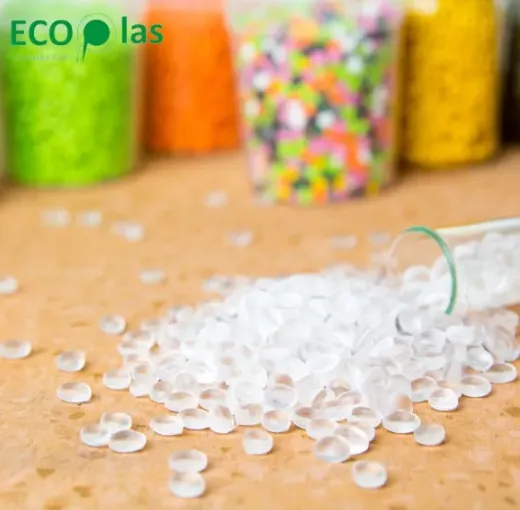What is the difference between recycled and post-consumer recycled?
In the global push towards sustainability, the terms "recycled" and "post-consumer recycled" have become increasingly prevalent. While both concepts involve the reuse of materials, they differ significantly in their scope and application. This article delves into the nuances of these terms, shedding light on the key distinctions.
Recycled: A Broad Perspective
When we encounter the term "recycled," it serves as a broad umbrella encompassing a variety of materials that have undergone a recycling process. The focus here is on the act of collecting and processing materials with the intent of reintegrating them into the manufacturing cycle. This can include materials recycled at different stages, whether they are scraps from manufacturing processes, excess materials from production, or items that consumers have discarded.
Post-Consumer Recycled (PCR): Emphasizing Consumer Impact
On the other hand, "post-consumer recycled" narrows the scope, placing a spotlight on materials that have completed their life cycle as consumer products. These are items that individuals like you and me have used, discarded, and that have subsequently been collected for recycling. PCR emphasizes the recycling of materials at the end of their initial purpose, such as packaging, containers, and other products that directly touch consumers' lives.
Environmental Impact and Benefits of PCR
The distinction becomes particularly significant when considering the environmental impact. Post-consumer recycled materials are often viewed as more environmentally friendly compared to materials recycled at earlier stages. By focusing on materials that have fulfilled their consumer-oriented roles, PCR reduces the demand for virgin resources. This, in turn, minimizes the environmental footprint associated with extracting and processing new raw materials. Opting for PCR in manufacturing contributes to the circular economy, where resources are used, reused, and repurposed to create a more sustainable and less wasteful system.

Consumer Choices and Corporate Responsibility
As consumers become more conscious of their environmental impact, understanding the difference between recycled and post-consumer recycled materials becomes crucial. Many companies are now making efforts to incorporate PCR into their products, showcasing a commitment to environmental responsibility. This shift in corporate practices aligns with consumer preferences, as individuals increasingly seek products with reduced environmental footprints.
Closing the Loop: The Future of Recycling
In conclusion, while both recycled and post-consumer recycled materials play a role in sustainable practices, the key distinction lies in the source and stage of the recycling process. Recycled materials may include various sources, but post-consumer recycled materials specifically highlight the recycling of products used and discarded by individuals.
As we navigate the evolving landscape of sustainable choices, understanding these terms empowers consumers to make informed decisions. Whether you are a consumer looking to make eco-conscious choices or a supplier considering materials for your products, recognizing the nuances between recycled and post-consumer recycled materials is essential.
For further information on sustainable materials or if you are a supplier interested in incorporating eco-friendly options into your product line, feel free to contact us. We are here to assist you in making environmentally responsible choices for a greener future.
411
0
0


Comments
All Comments (0)